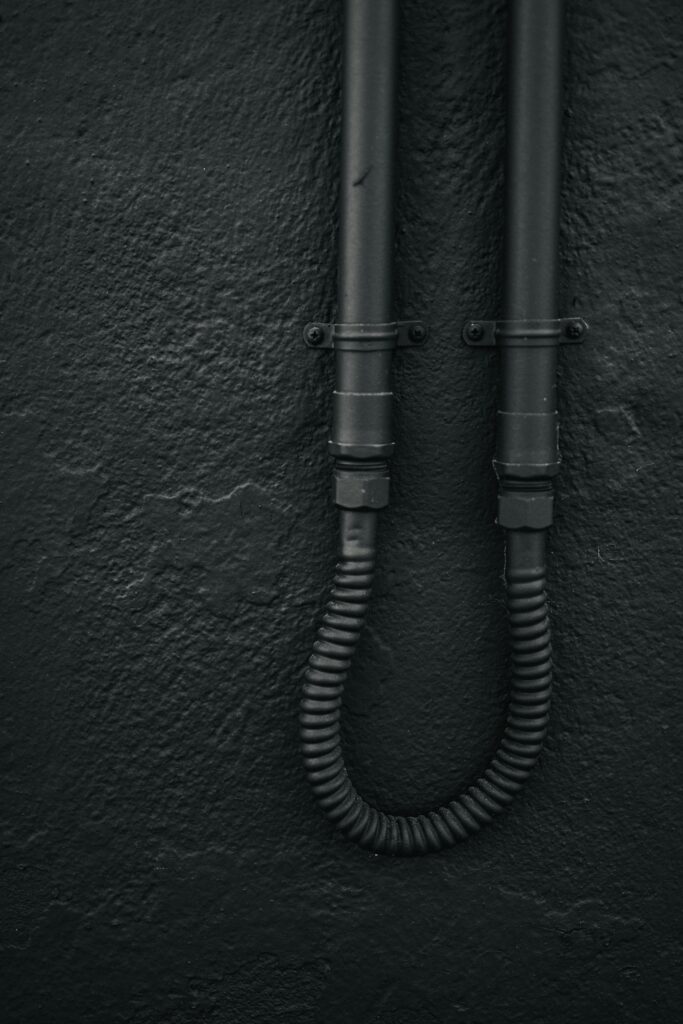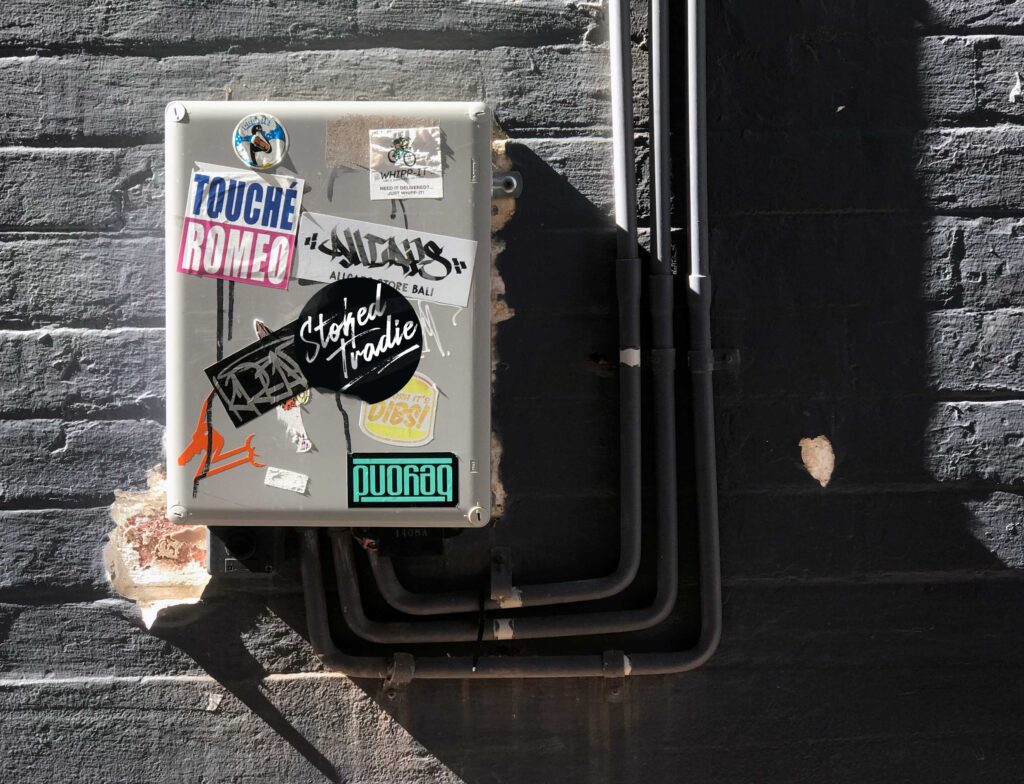Imagine cruising down the road, wind in your hair and the purr of your engine resonating through your body. But have you ever wondered what exactly is responsible for that deep, powerful sound? Enter the exhaust Y-pipe. This crucial component of your vehicle’s exhaust system is responsible for merging two exhaust pipes into one, allowing for better flow and increased performance. In this article, we’ll explore the intricacies of the exhaust Y-pipe and how it contributes to the overall performance and sound of your beloved ride. Get ready to deepen your understanding of this often overlooked but essential part of your vehicle.

Definition of an Exhaust Y-Pipe
Basic structure of a Y-Pipe
An exhaust Y-pipe, also known as a Y-collector, is an integral component of a vehicle’s exhaust system. As the name suggests, it is shaped like the letter “Y” and connects the exhaust manifold or headers to the catalytic converter. The Y-pipe is typically made of metal and is designed to merge the exhaust gases from multiple cylinders into a single pipe, which then leads to the catalytic converter. This merging of exhaust gases helps to improve the overall flow and performance of the exhaust system.
Function in a vehicle’s exhaust system
The primary function of an exhaust Y-pipe is to merge the exhaust gases from multiple cylinders into a single pipe. By doing so, it helps to ensure a more efficient flow of exhaust gases, reducing backpressure and improving the overall performance of the engine. The Y-pipe plays a crucial role in directing the exhaust gases towards the catalytic converter, where harmful pollutants are converted into less harmful emissions. Without a well-functioning Y-pipe, the exhaust system may suffer from reduced efficiency, increased emissions, and potential engine damage.
How an Exhaust Y-Pipe Works
The role of a Y-pipe in exhaust flow
When the engine’s exhaust valves open, the high-pressure exhaust gases are expelled from each cylinder. These gases are directed towards the exhaust manifold or headers, where they are collected before entering the Y-pipe. The Y-pipe then merges the exhaust gases from multiple cylinders into a single stream, which helps to equalize the pressure and optimize the exhaust flow. This improved flow reduces backpressure, allowing the engine to expel exhaust gases more efficiently, ultimately enhancing performance.
Relationship with other components of the exhaust system
The Y-pipe is an essential component that connects the exhaust manifold or headers to the catalytic converter. It acts as a bridge between these two components, facilitating the flow of exhaust gases. The efficiency of the Y-pipe’s performance is closely linked with the design and condition of the exhaust manifold or headers, as well as the catalytic converter. A well-designed and properly functioning Y-pipe improves the overall flow of exhaust gases, creating a harmonious relationship with the other components of the exhaust system.
Types of Exhaust Y-Pipes
Standard Y-pipes
Standard Y-pipes are the most common type of Y-pipes found in vehicles. They are designed to meet the requirements of stock or mildly modified engines. These Y-pipes are generally made of steel or stainless steel and have a standard diameter that matches the exhaust manifold or headers. Standard Y-pipes provide a basic level of performance enhancement and are suitable for most everyday driving applications.
High-performance Y-pipes
For enthusiasts seeking increased performance, high-performance Y-pipes are available. These Y-pipes are constructed using higher quality materials, such as stainless steel or even titanium, which offer better durability and corrosion resistance. High-performance Y-pipes may also have larger diameter tubes, further improving exhaust flow and allowing for increased horsepower and torque gains. These Y-pipes are typically designed for modified engines or vehicles used in racing or high-performance applications.
Materials Used in Exhaust Y-Pipes
Common materials used
Exhaust Y-pipes are typically made from various types of metals, with the choice of material influencing the pipe’s durability, corrosion resistance, and overall performance. The most common materials used in the construction of Y-pipes include steel and stainless steel. Steel Y-pipes are affordable and offer adequate performance for most applications but may be more prone to rust and corrosion over time. Stainless steel Y-pipes, on the other hand, are highly durable and resistant to rust, making them ideal for use in areas with harsh climates or road conditions.
How material affects performance
The choice of material used in the construction of an exhaust Y-pipe can have a significant impact on its performance. Steel Y-pipes, being less expensive, are generally more budget-friendly but may not offer the same level of longevity and corrosion resistance as stainless steel Y-pipes. Stainless steel Y-pipes, while more expensive, provide superior durability and resistance to rust, ensuring a longer lifespan. Additionally, some high-performance Y-pipes may utilize materials like titanium, which offers even greater strength, lighter weight, and improved performance, albeit at a higher cost.

Installation of an Exhaust Y-Pipe
Steps for installation
Installing an exhaust Y-pipe can be a relatively straightforward process, although it may require some mechanical knowledge and tools. Here are the general steps involved in installing an exhaust Y-pipe:
-
Ensure safety: Begin by parking the vehicle on a level surface and engaging the parking brake. Wear appropriate safety gear, such as gloves and eye protection, throughout the installation process.
-
Raise the vehicle: Use a hydraulic jack or car lift to raise the vehicle, providing enough clearance to access the exhaust system components safely.
-
Locate the Y-pipe: Identify the Y-pipe section in the exhaust system, typically found between the exhaust manifold or headers and the catalytic converter.
-
Remove old Y-pipe: Loosen or remove any clamps, bolts, or hangers securing the old Y-pipe in place. Carefully disconnect the Y-pipe from the exhaust manifold or headers and the catalytic converter.
-
Install the new Y-pipe: Position the new Y-pipe in place, aligning the flanges with the exhaust manifold or headers and the catalytic converter. Secure it using clamps, bolts, or hangers as appropriate.
-
Test fit and adjust: Ensure that the new Y-pipe fits properly and is aligned correctly with the other exhaust components. Make any necessary adjustments to ensure a tight and secure fit.
-
Reconnect the exhaust system: Reconnect any remaining sections of the exhaust system, such as the muffler or tailpipe, if necessary.
-
Lower the vehicle: Carefully lower the vehicle back to the ground using the hydraulic jack or car lift.
Professional installation vs. DIY
While some enthusiasts may choose to install an exhaust Y-pipe themselves, it is worth considering whether a professional installation may be a better option. Professional installers have the experience, tools, and expertise to ensure a proper fit and secure installation. They may also be able to provide additional recommendations or improvements to enhance the overall performance of the exhaust system. However, for those with mechanical knowledge and experience, a DIY installation can be a cost-effective and rewarding option.
Maintenance of an Exhaust Y-Pipe
Signs your Y-pipe needs service
Regular maintenance is essential to ensure the optimal performance and longevity of an exhaust Y-pipe. Here are some signs that your Y-pipe may require service:
-
Unusual exhaust noise: If you notice any unusual noises, such as hissing, rattling, or excessive rumbling, it might indicate a problem with the Y-pipe. These noises could be caused by leaks, loose connections, or damages to the Y-pipe.
-
Poor engine performance: A poorly functioning Y-pipe can result in reduced engine performance, including decreased power, acceleration, and fuel efficiency. If you notice a significant drop in performance, it may be worth inspecting the Y-pipe for any issues.
-
Strong exhaust smell: A leak or damage in the Y-pipe can cause exhaust gases to escape before reaching the catalytic converter. This can lead to a noticeable exhaust smell inside the vehicle or in close proximity to the exhaust system.
Steps for basic Y-pipe maintenance
To maintain the performance and longevity of an exhaust Y-pipe, regular inspection and maintenance are crucial. Here are some basic steps for Y-pipe maintenance:
-
Visual inspection: Regularly inspect the Y-pipe for signs of damage, such as cracks, rust, or corrosion. Check the connections and hangers to ensure they are secure and free from any loose or missing parts.
-
Cleaning: Keep the Y-pipe and surrounding areas clean by removing any dirt, debris, or road salt buildup. This can help prevent rust and corrosion from affecting the performance and lifespan of the Y-pipe.
-
Repair or replacement: If any signs of damage or leaks are detected during the inspection, it is essential to address them promptly. Depending on the severity of the issue, it may be necessary to repair or replace the Y-pipe to maintain optimal performance.

Common Problems with Exhaust Y-Pipes
Rust and corrosion
One of the most common issues faced by exhaust Y-pipes is rust and corrosion. Due to their exposure to high temperatures, moisture, road salt, and other environmental factors, Y-pipes can deteriorate over time. Rust and corrosion can weaken the structural integrity of the pipe, leading to leaks, cracks, or even complete failure. Regular maintenance and inspection can help identify and address rust and corrosion before they cause significant damage to the Y-pipe or other exhaust system components.
Leaks and damages
Leaks are another common problem that can occur in exhaust Y-pipes. Over time, the connections, welds, or gaskets in the Y-pipe can degrade or become damaged, resulting in exhaust gas leaks. These leaks can not only affect the performance of the vehicle but may also contribute to increased emissions, noise, and potential safety hazards. Prompt inspection and repair of any leaks or damages are essential to maintaining the proper functioning of the exhaust system.
Buying an Exhaust Y-Pipe
Factors to consider when buying
When purchasing an exhaust Y-pipe, it is important to consider several factors to ensure compatibility, performance, and durability:
-
Vehicle compatibility: Ensure that the Y-pipe is designed to fit your specific make, model, and year of the vehicle. Different vehicles may have varying exhaust system configurations and connection points, so selecting the right Y-pipe is crucial.
-
Material quality: Consider the material used in the construction of the Y-pipe. Stainless steel Y-pipes tend to offer superior corrosion resistance and durability compared to traditional steel Y-pipes.
-
Performance requirements: Determine whether a standard or high-performance Y-pipe is suitable for your needs. High-performance Y-pipes may offer improved exhaust flow, increasing horsepower and torque gains, but they may come at a higher price.
-
Budget: Consider your budget when selecting an exhaust Y-pipe. While it is important to prioritize quality and performance, finding options that meet your requirements within your budget is essential.
Recommendations for different vehicle types
For everyday vehicles and relatively stock engines, standard Y-pipes made of steel or stainless steel are generally sufficient. These Y-pipes offer a balance between performance, durability, and cost-effectiveness. However, for enthusiasts seeking greater performance gains, especially in modified engines or high-performance vehicles, investing in a high-performance Y-pipe constructed from stainless steel or even titanium may be worth considering. These high-performance Y-pipes offer improved flow, reduced backpressure, and potential horsepower and torque enhancements, although they may be more expensive. Consulting with automotive experts or reputable manufacturers can help ensure the best choice for your specific vehicle type and performance goals.
In conclusion, an exhaust Y-pipe plays a critical role in the proper functioning and performance of a vehicle’s exhaust system. By merging the exhaust gases from multiple cylinders into a single pipe, the Y-pipe optimizes exhaust flow and reduces backpressure, enhancing engine performance and reducing emissions. With regular maintenance, proper installation, and careful consideration of material choice, an exhaust Y-pipe can provide improved efficiency and durability, contributing to a smooth and enjoyable driving experience. Whether you opt for a standard or high-performance Y-pipe, selecting the right one for your vehicle and requirements is essential for unlocking the full potential of your exhaust system.
